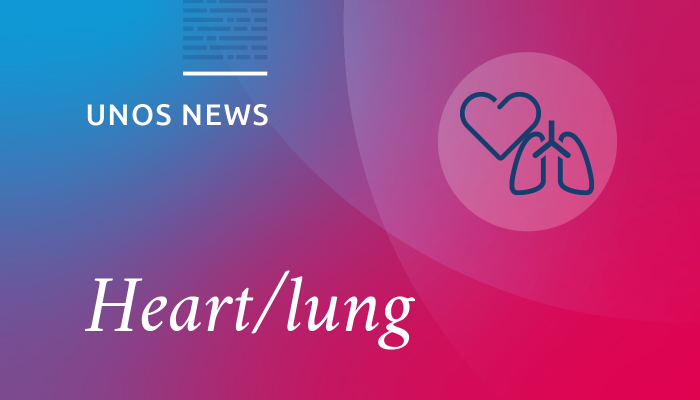Summary
Effective at 8 p.m. Eastern time, November 24, 2017, the OPTN lung allocation system was modified to replace the Donation Service Area (DSA) as the first level of distribution with a 250 nautical mile circle around the donor hospital. The OPTN/UNOS Executive Committee authorized this action in response to an emergent directive from the Secretary of the U.S. Department of Health and Human Services.
Background
On Monday, November 20, the U.S. Department of Health and Human Services (HHS) directed the OPTN to conduct an emergent review of lung allocation policy. HHS requested the OPTN to review and address by Friday, in response to a court-ordered deadline, the rationale for using the DSA as the first level of distribution, given the arbitrary nature of DSA boundaries and the potential that urgent transplant candidates in close proximity to organ donors may not get immediate priority if they are across a DSA boundary.
The OPTN/UNOS Executive Committee deliberated the HHS directive, with input from the OPTN/UNOS Thoracic Organ Transplantation Committee. While geographic proximity of donors and recipients is linked to successful lung transplant outcomes due to ischemic time constraints, DSAs vary considerably in size and population.
The Executive Committee responded to the HHS directive by a unanimous vote on November 24 to approve a policy proposal that maintains the concentric circle approach used in thoracic allocation policy and allows for local utilization, but with a more consistent approach than using DSAs as the initial distribution area. The Committee proposed to HHS that a circle of 250 nautical miles surrounding the donor location would best address the critical comment. HHS has accepted this solution.
While the Executive Committee can act on emergent policy issues, any policy action the committee makes is subject to additional review and potential revision through the OPTN policy-making process. The policy is set to expire in one year to allow the Thoracic Organ Transplantation Committee to study the effects of the policy revision and make additional recommendations, including public comment, to the OPTN/UNOS Board of Directors.
Implications for members
This revision affects only the initial distribution sequence of organ offers for lung candidates. It does not affect any other provisions in policy, such as LAS scores, donor and candidate testing, diagnosis groups or reporting of data. After candidates receive offers within a 250-mile radius, there is no change to additional distribution zones (A, B and C).
Any organ offers that precede the time of implementation should continue according to the sequence as identified on the original match run, even if the offer process continues after the implementation of the new sequence.
Depending on the association between donor and candidate locations, some areas will experience changes in candidates prioritized on local matches, potentially including a higher number of lung offers. We encourage OPOs and transplant centers to work together in a time-sensitive manner to minimize the likelihood of organ wastage.
For further information
Please contact your Regional Administrator if you have questions.

